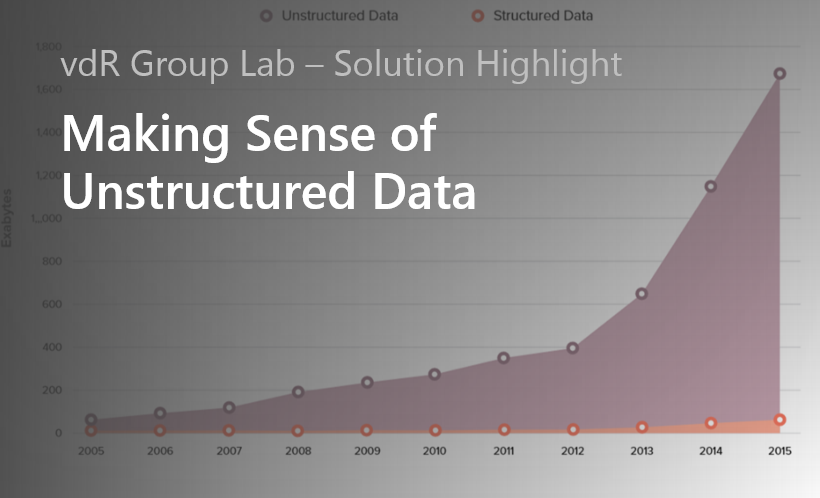Video Transcript
This week, I examine how silos of data are created when transitioning from quote team, to launch team, and how we should be leveraging information from the quote process.
First, I think we all agree that change management is a vital part of having a successful program launch. I would also suggest… the initial quote files are not only for reference, but the starting point on a project. Think about it … every company discipline was involved in the quote phase… and these same people will potentially be part of the change process post release. Once the project has been won, the launch team takes over the quote team files, and hopefully, they are not copying data. You have to understand this point! Last week I stated… disconnected silos are the bane of business! You are adding risk to meet delivery schedules, keep timing in check, and achieve margins, let alone the difficulty with data traceability... These silos are all direct hits to the bottom line. For those of you running programs … you know exactly what I mean. Think about this exchange… if your launch team is setting up folders in SharePoint, copying data onto their hard drives… this is the beginning of creating silo’s… you have now broken the digital thread. This does not resemble a repeatable process, and significantly impairs productive practices and generates poor collaboration within your own team. Your team is now in search mode during the APQP process, versus having real time visible information for getting work done.
I’ll give you an example:
The project engineer is working with the customer to change testing criteria on the Test Plan… the Program Manager timeline was created based on the original test plan. If the engineer has the new approved Plan on his laptop, the PM will not have access to the new requirements. This is just one example of hundreds of conversations that go on by the launch team during the APQP process, and why information should not be kept on a laptop.
The launch team should instead be verifying the quote versus the contractual agreement, in the same system as the quote team provided. If the quote does not match the PO, then the change process is initiated. Does your company have a consistent process to verify the quote matches the PO, and is there any team member accountable to verify what you actually won? Because, if you miss a scope change or changes from quote to PO, then it is like a waterfall, the change can affect timing, piece cost, capital, and tooling. Your design may already be going in the wrong direction. I think you get my point.
It’s not only about information reuse, but also eliminating the creation of these team member generated silos. Next week… I will provide examples on how these silo’s cost your company money and potentially damage your brand image.
Give me a call and we can discuss your challenges and share what we have done to help other suppliers. Contact me at … Lloyd@vdr.com or our website… vdR.com.











